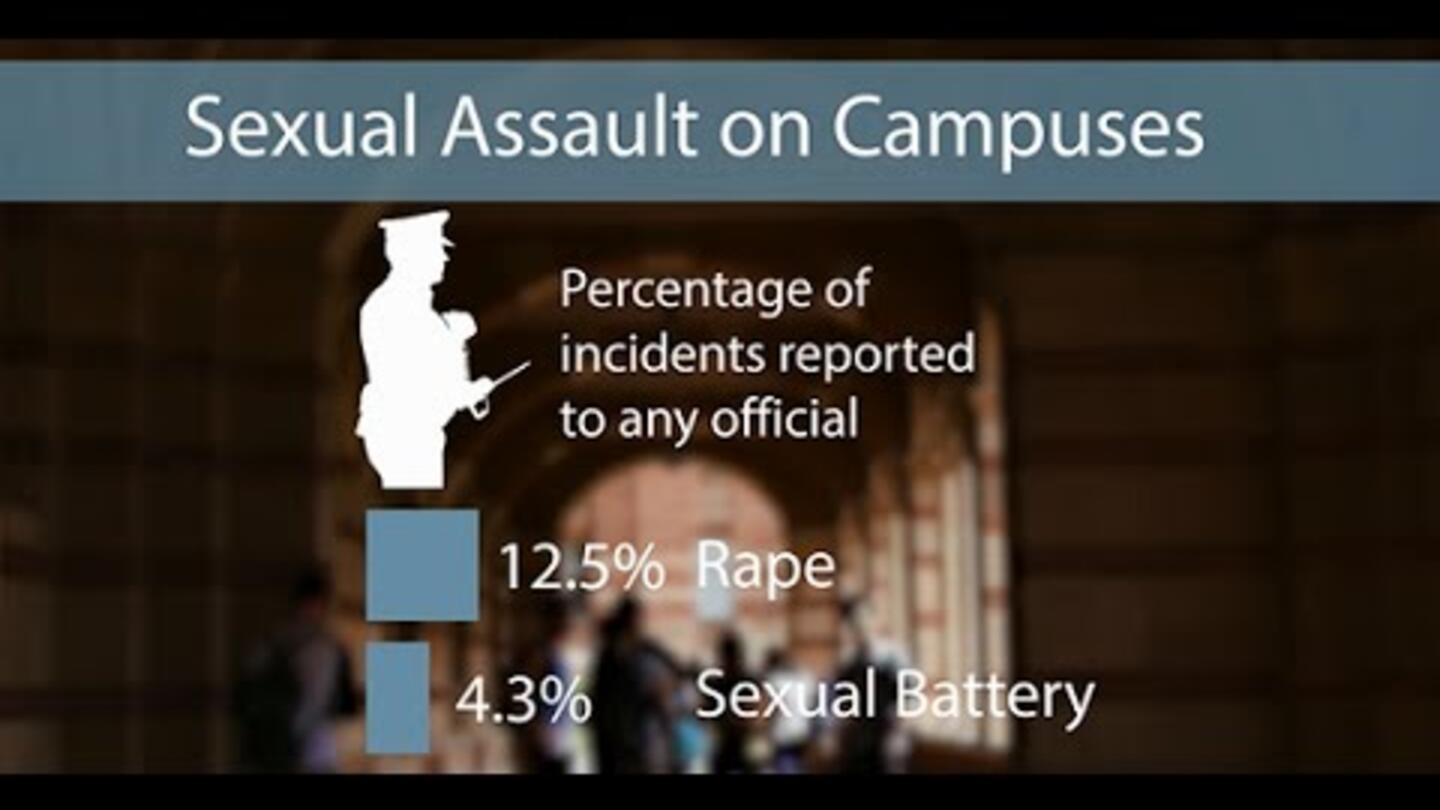A rigorous, reliable methodology for measuring sexual assault and campus climate at universities across the United States
Sexual assault on college campuses is a reality. The most widely reported statistic, that one in five undergraduate women experience sexual assault during their college careers, is gleaned from a 2007 study we conducted for the National Institute of Justice.
However, this estimate, as well as those from other studies, does not represent a national average or that of any given university. To clearly understand and address sexual assault and other crimes, schools need valid data—collected with proven, scientifically rigorous methods—on the magnitude and nature of the problem among their respective students.
Using Methodological Rigor to Gauge the Problem across Schools
Our experts co-authored the’ Campus Climate Survey Validation Study (CCSVS) released in January 2016. Funded by the Office on Violence Against Women and the Bureau of Justice Statistics, the purpose of the study was to develop and validate a survey instrument and methodology for collecting information on campus climate related to sexual assault. The ultimate aim was to generate the tools needed to collect valid, reliable data that schools can use to better understand the problem they face and better inform their policies and practices.
We administered a confidential, web-based survey—developed through extensive cognitive testing—at nine diverse colleges and universities to collect data on sexual assault and campus climate from 23,000 undergraduate students (15,000 women and 8,000 men) in the spring of 2015. Incentives were provided to increase sample representativeness and response rates. Upon comparison, those students who took the survey showed no evidence of bias compared to students who did not.
We found that the percentage of undergraduate women who experienced a completed sexual assault during the 2014-2015 academic year varied dramatically from one school (low of 4 percent) to another (high of 20 percent). And, consistent with previously research, very few incidents (12.5 percent of rape incidents and 4.3 percent of sexual battery incidents) were reported to any official—including university authorities, any law enforcement agency on or off campus, and any crisis or health care center on or off campus.
These low rates of reporting confirm that official statistics released by schools or law enforcement, which are based on the extremely low proportion of victims who notify any official about the incident, have limited utility for understanding the full scope of the problem. Low reporting rates further illustrate the importance of administering confidential climate surveys to obtain self-reported data from students about their victimization experiences.
Reliable Data Heightens Chance for Change
These findings represent only the undergraduate students at the nine participating schools, and may not hold true for the thousands of schools that have not yet administered a valid climate survey. Nonetheless, our research suggests that that the level and nature of sexual assault differs across schools, and that some aspects of campus climate contribute to these differences.
Using standardized and methodologically rigorous data collection procedures enables meaningful comparisons of victimization rates across schools and, for a given school, over time. This allows for a greater understanding of why some schools have higher rates than others, and what can be done to make campuses safer for all students.
As a result of the CCSVS, a valid survey instrument and methodology for measuring sexual assault and campus climate related to sexual assault can now be used on a larger scale to understand and begin to address the issue of campus sexual assault.
As we work to extend the value of this study, our experts have been invited on multiple occasions to brief White House officials and Congressional staff on the CCSVS and offer comments on legislative proposals to survey students on a large-scale, ongoing basis. In this way, we are helping to inform policymakers seeking to understand the nature and scope of the problem of sexual assault among students on our nation’s campuses.
- Bureau of Justice Statistics
- Office on Violence Against Women




